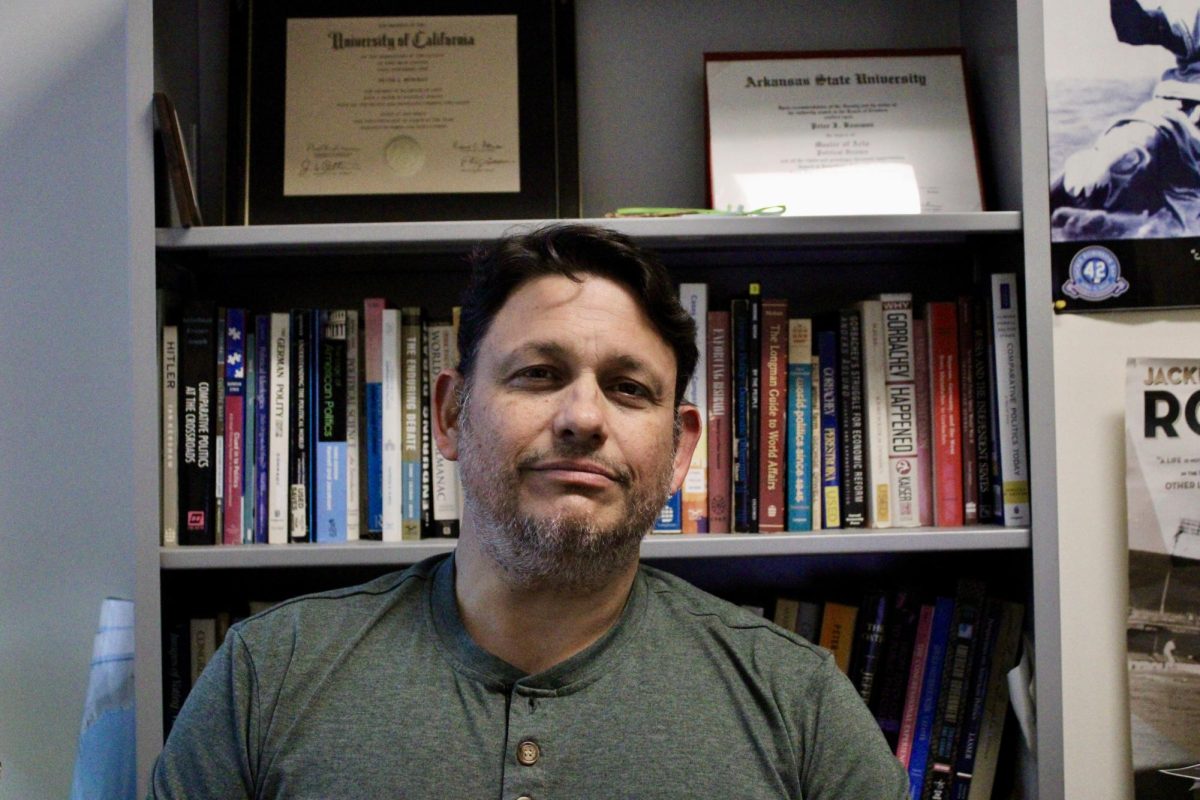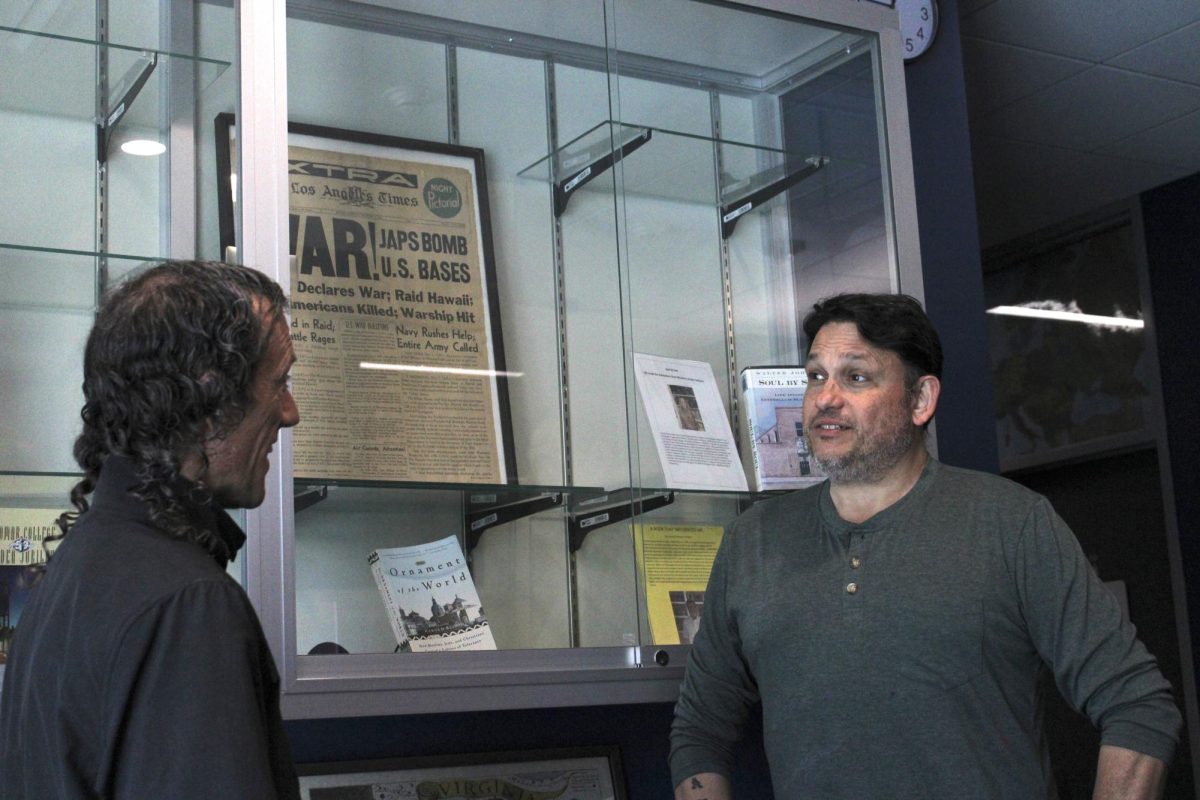Palomar offers programs that directly teach job training. There are programs such as Police, EMT, and Fire Academy.
You can get hands-on experience and the right knowledge to become a part of the team. If you take the prerequisites for the field at Palomar, and you’ll be eligible to enter the specific program, according to school officials.
Opportunities such as internships, certifications, ride-alongs, and making lasting connections with those directly associated with the field.
The Fire Academy is an outside program that Palomar students can transfer to after completing the necessary requirements on campus.
The Fire Club, one of the biggest clubs on campus, currently has 100 applicants who are hoping to continue their education in the Fire Academy. Fire Club helps beef up a student’s resume, just like an internship in other fields, when they try and apply to the competitive Fire Academy program.
Before entering the Academy, a student must first pass Fire 100, 101, 118, 120, 130, and 165.
One of the benefits of taking the fire courses before the Academy is to gain points that count toward certifications. This is like getting enough credits to transfer to another university.
The Fire Academy is one semester. It is more expensive than Palomar’s regular tuition, officials say.
Before you’re even considered a candidate for the Academy, you must first submit an application, and hopeful candidates must pass a physical ability test. Once the recruitment officer sees that you have potential to succeed in this field, you’re called to arrange an oral interview.
“This is an amazing program and I am proud to be a part of it,” fire technology major Nader Hamdi said.
Fire I begins the class by teaching the students basic fire training. They get to learn and understand how to properly use the protective equipment and how to survive smoky environments with a breathing apparatus.
Not only do the students learn about commercial fire outbreaks, they also explore the proper wildlife safety and survival.
“They are underway with making improvements on the wildlife fire portion of it, where there are a whole series of certifications for that we can obtain,” Hamdi also stated.
The Academy trainees learn about first responder medical training and are warned about the operational hazards that can occur and how to function under intense circumstances.
Fire II covers basic fire control and enables recruits to get an apprenticeship with outside fire departments.
The Police Academy is another program that Palomar students can join.
Detective Juliette Barnes, from the Police Academy, said that their budget has tightened up and enrollment is down.
“We normally have anywhere between 80 and 90 applicants for each year and this year we had much less, we had closer to 50 applicants.”
The Police Academy is a year-long program that was usually taken concurrently. According to Detective Barnes, the upcoming Spring semester will host a new tradition. Instead of taking the entire 12 month program, it is segmented into three modules.
This helps with the high financial cost of the academy.
Module I is in two courses. The first course covers crimes against children, sex crimes, juvenile law, domestic violence, and gang awareness.
The second course divulges into more of the safety and hazard precautions of the job. Students learn about emergency management, traffic enforcement, controlled substances, and how to handle arrests.
Module II has two parts to it.
First learning about crimes against a person or community, firearms and chemical agents. After that, you develop your report writing skills, understand cultural diversity, and how to process evidence especially in an ongoing case.
The final Module covers more of the judicial system and the different laws associated with crimes. You also learn CPR and first aid training.
According to the EME Department assistant, they aren’t currently experiencing any decline in either budget or enrollment numbers.
EMTs are trained professionals who are responsible for responding first and providing basic life support at an accident.
Not just anyone can take on this strenuous task. An EMT student must meet certain qualifications before being considered for the Academy. They must first be at least 18 years old and in good physical and mental condition.
In the first semester a student must enroll in EME 100 and EME 106. These class are a prerequisite course to the EMT program and are mandatory. Before starting the EME 100 class, CPR certification and current TB test are a must.
EME 106 is a combination of lecture and lab.
This class requires 12 hours of emergency room observations and 12 hours of ambulance ride alongs in the duration of the semester.
The San Marcos campus offers several of these classes, but most of the training is centralized at the Escondido Campus.







